Are There Any Gay Characters in Mario Kart? An Exploration of LGBTQ+ Representation
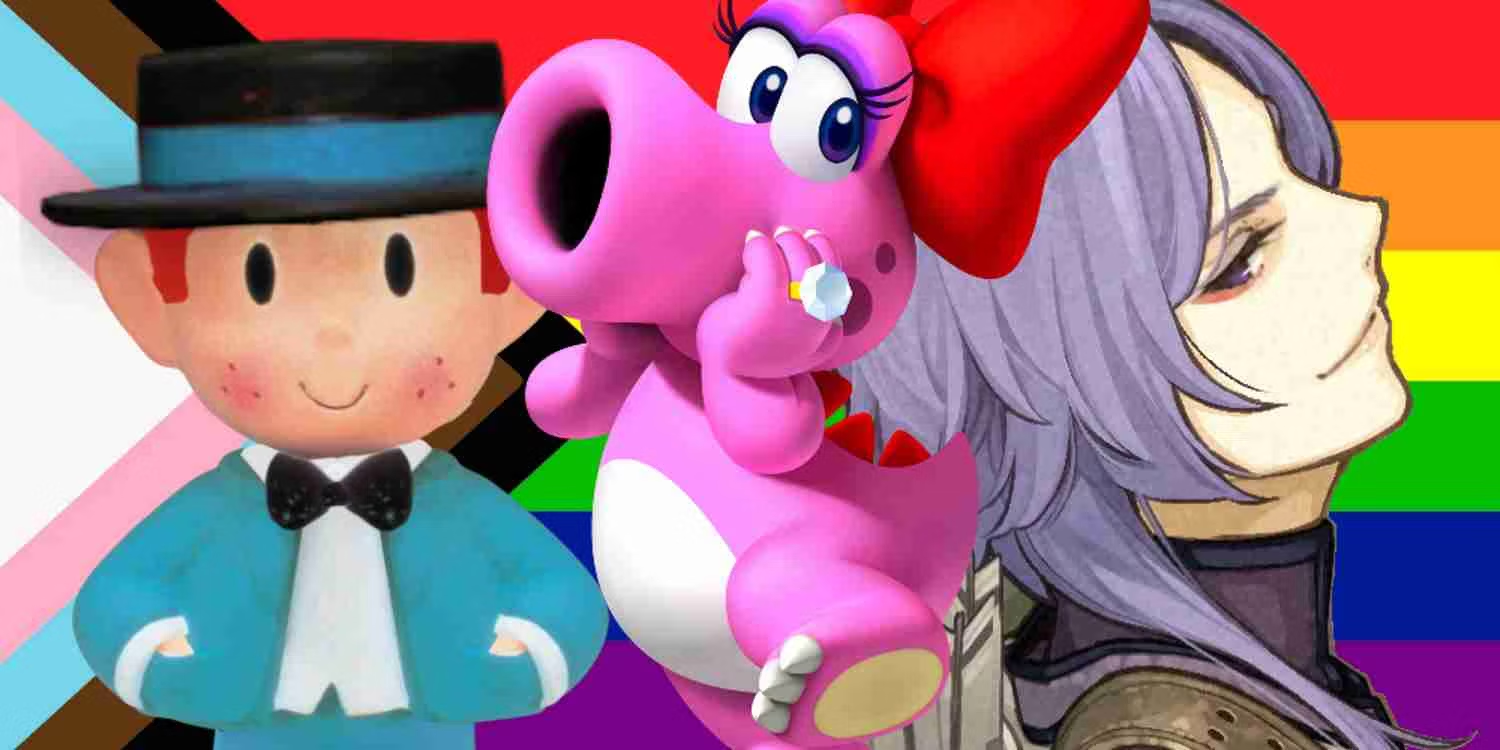
The Mario Kart franchise, a cornerstone of Nintendo’s gaming portfolio, has delighted players with its engaging races and colorful characters for decades. As discussions around diversity and representation continue to gain traction in the gaming world, many fans are curious about whether LGBTQ+ characters, including gay characters, are featured in Mario Kart. This article explores the current state of representation in the series, examining the presence of LGBTQ+ characters, the broader context of LGBTQ+ representation in gaming, and potential future developments.
An Overview of Mario Kart’s Character Roster
Since its debut in 1992 with “Super Mario Kart” for the Super Nintendo Entertainment System (SNES), the Mario Kart series has introduced a diverse range of characters from the Mushroom Kingdom and beyond. The roster includes iconic figures such as Mario, Luigi, Princess Peach, Bowser, and various other characters from Nintendo’s universe.
- Character Diversity: Mario Kart features a variety of characters in terms of species, abilities, and roles. The game’s roster showcases different types of characters, from the heroic Mario and his friends to the antagonistic Bowser and his minions. However, the series has traditionally focused on gameplay and racing dynamics rather than delving into personal relationships or identities.
- Character Dynamics: In the Mario Kart series, interactions between characters are primarily centered around racing and competition. Relationships are portrayed in a light-hearted, non-romantic context, with characters engaging in friendly rivalries and cooperative play rather than exploring deeper personal connections.
LGBTQ+ Representation in Gaming: A Broader Perspective
To understand the status of LGBTQ+ representation in Mario Kart, it is essential to consider the broader context of LGBTQ+ characters in video games.
- Historical Context: Historically, video games have had limited LGBTQ+ representation. When LGBTQ+ characters did appear, they were often portrayed through stereotypes or in roles that did not fully explore their identities. Over time, this has changed, with many recent games providing more nuanced and respectful portrayals of LGBTQ+ characters and relationships.
- Recent Trends: Modern games have made significant strides in LGBTQ+ representation. Titles like “The Last of Us Part II” and “Life is Strange” feature openly LGBTQ+ characters and relationships, reflecting a growing trend towards inclusivity in the gaming industry.
LGBTQ+ Representation in Mario Kart
As of now, the Mario Kart series has not prominently featured LGBTQ+ characters or storylines. The focus of the franchise has been on delivering a fun and engaging racing experience rather than exploring personal identities.
- Gameplay Focus: Mario Kart is renowned for its fast-paced racing and family-friendly content. The series emphasizes gameplay mechanics, track design, and competitive racing, with less emphasis on character development or exploration of personal relationships.
- Subtext and Fan Theories: While the official games do not explicitly include LGBTQ+ characters, fans have created their own interpretations and narratives. Fan fiction, art, and discussions often explore LGBTQ+ themes and relationships, providing a form of representation through creative expression rather than official content.
Examples of LGBTQ+ Representation in Nintendo Games
Although Mario Kart itself does not feature LGBTQ+ characters, other Nintendo franchises have made strides in LGBTQ+ representation. These examples offer insight into the potential for similar inclusivity in Mario Kart.
- “Fire Emblem” Series: The “Fire Emblem” series has included LGBTQ+ representation, such as same-sex pairings in “Fire Emblem: Fates” and “Fire Emblem: Three Houses.” These games allow players to explore diverse romantic relationships and character identities.
- “The Legend of Zelda” Series: While not explicitly LGBTQ+, some characters in “The Legend of Zelda” series have been interpreted by fans as representing non-binary or LGBTQ+ identities. For example, the character of the fairy Queen of the Fairies is seen by some as a symbol of gender fluidity.
The Future of LGBTQ+ Representation in Mario Kart
Given the evolving landscape of gaming and the increasing emphasis on inclusivity, there is potential for future Mario Kart games to incorporate LGBTQ+ representation.
- Inclusive Storytelling: As gaming trends move towards more inclusive storytelling, future installments of Mario Kart could explore diverse characters and relationships. Integrating LGBTQ+ characters could enhance the series’ appeal and reflect the diverse experiences of its player base.
- Fan Advocacy: The gaming community’s push for greater representation plays a crucial role in influencing developers. As fans continue to advocate for inclusivity, it is possible that Nintendo will consider incorporating LGBTQ+ characters and themes into future games.
Conclusion: Navigating Representation in Mario Kart
As of now, Mario Kart does not feature explicitly gay characters or LGBTQ+ storylines. The series has traditionally focused on gameplay and racing, with little emphasis on personal relationships or identities. However, the broader trend towards inclusivity in gaming suggests that there is potential for future Mario Kart titles to embrace more diverse representation.
The discussion about LGBTQ+ representation in gaming underscores the importance of inclusivity and diverse storytelling. As the gaming industry continues to evolve, the hope is that franchises like Mario Kart will reflect these advancements, offering a richer and more inclusive experience for all players. Until then, fans will continue to engage with the series through creative interpretations and look forward to the possibility of seeing greater representation in future installments.
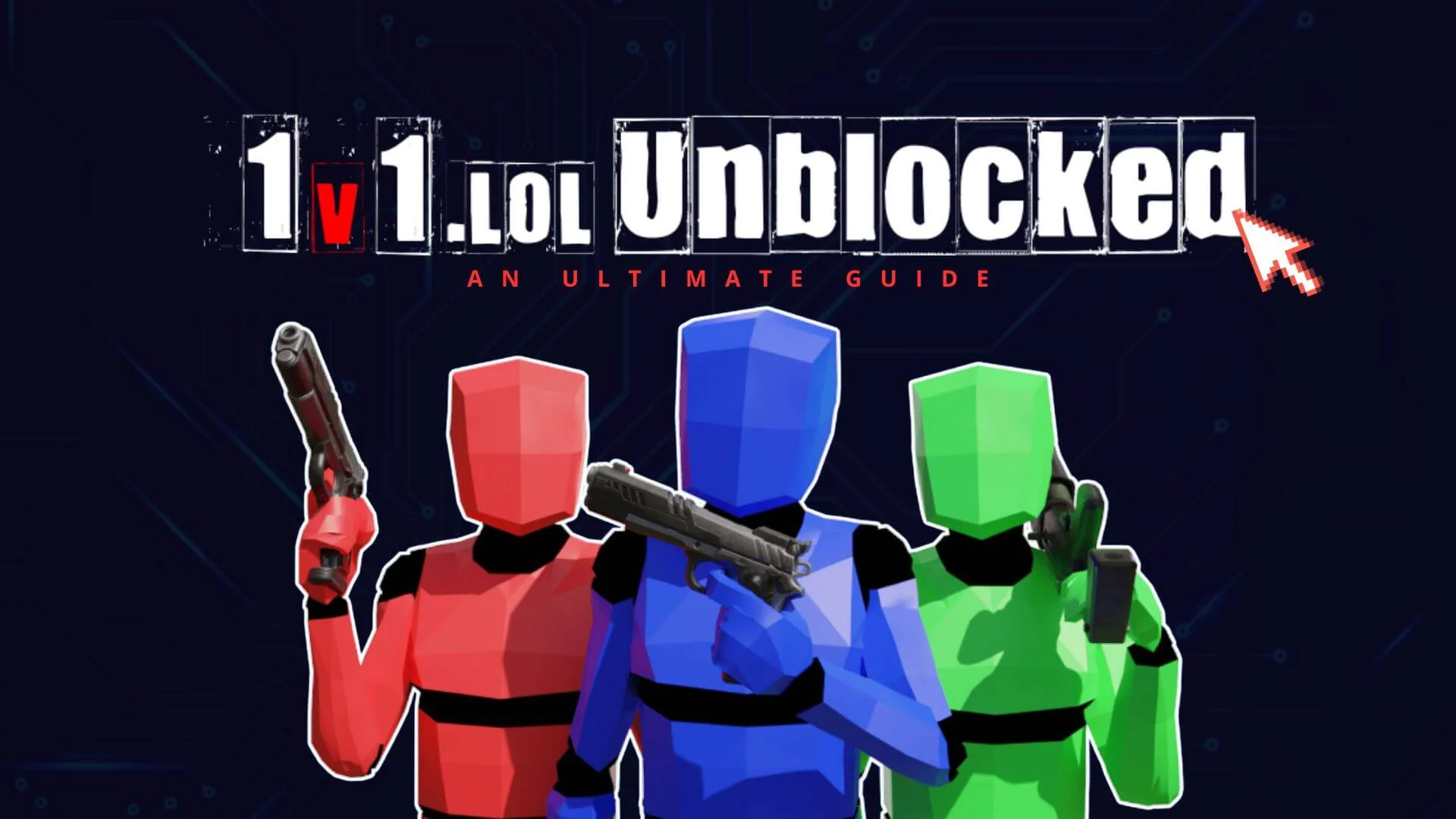
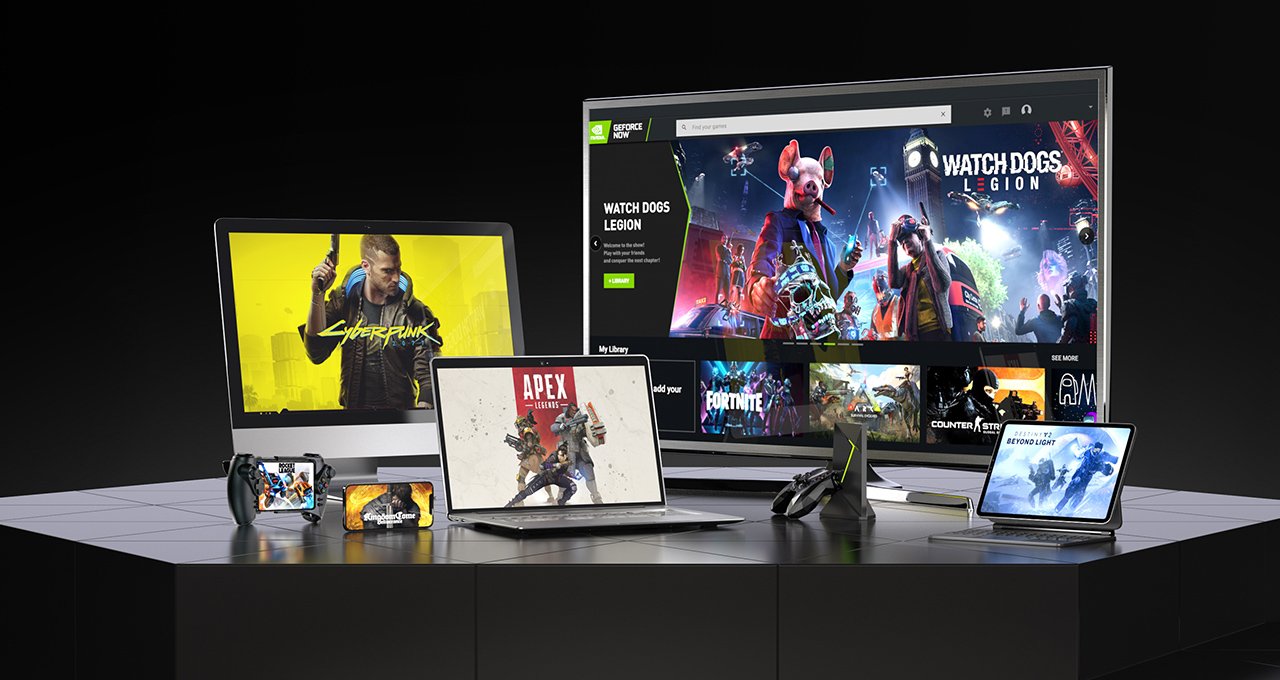

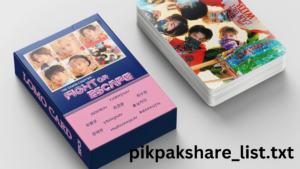
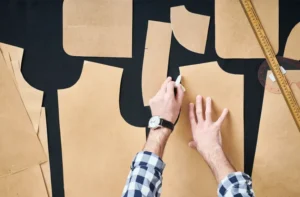



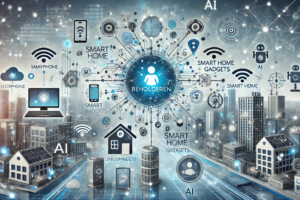


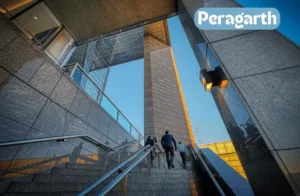
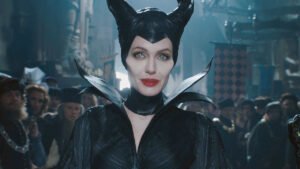
Post Comment